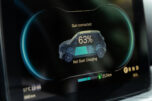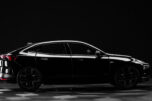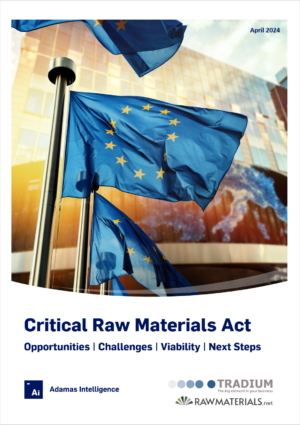Top BEV makers outside China – Volkswagen races ahead of Tesla

During the first quarter of 2025, 175.1 GWh of battery capacity was deployed onto roads globally in all newly sold full-electric passenger vehicles combined, 34% more than the same period last year.
Eliminate BEVs made in China and exported or sold domestically and the small proportion imported, and the electrification rate falls to 28% and 71.6 GWh.
Western automakers, primarily through joint ventures, have a significant presence in China, but the world’s largest EV market is increasingly dominated by local OEMs.
From its Shanghai factory Tesla still ranks as number three in China in Q1 with battery capacity deployed by the EV pioneer totaling 8.8 GWh in Q1, a 2% rise year on year.
The European and US joint ventures with the major state-owned firms like SAIC, FAW, Dongfeng and Changan, many of them dating back decades, are quickly falling behind in the electric vehicle era, however.
The combined battery capacity deployed in Volkswagen and Audi-badged BEVs made and sold in China declined by 38% over the first three months of 2025 to 1.6 GWh. Chinese-made full electric BMWs and Minis dropped by 29% year on year while the Buicks sold by General Motors brought just 0.7 GWh to market, down 36% compared to Q1 2024.
Mercedes has the worst of it in the world’s largest car market with fresh GWh ploughing the streets of Beijing and beyond plunging by 65% to 0.2 GWh. The Stellantis joint venture with Dongfeng, which produces Citroëns, appears to be nearly dormant. However, in March, the Amsterdam-headquartered group launched a new, China-only EV brand called Hedmos to turn its fortunes around.
As for the Japanese and Korean manufacturers operating in China, Toyota is improving but from a very low base, while the likes of Hyundai-Kia, Nissan, and Honda have hardly made a dent.

These manufacturers are seeing stronger BEV sales outside of China, and the top rankings have shifted, with Volkswagen notably surpassing Tesla for the first time.
The German automaker increased the total battery capacity of the Skoda, Cupra, Audi, Porsche, and stablemate BEVs it shipped in Q1 by 91% to 14.6 GWh, surpassing Tesla, which saw its tally shrink by 13% to just under 13.0 GWh, particularly hurt by its performance in continental Europe.
Mercedes-Benz struggled outside of China as well, with battery capacity dropping 15% to 3.2 GWh, performing even worse than Tesla. Its aging EQ model lineup behaved particularly poorly, and Stuttgart is setting a lot of store in the all-new 2026 CLA sedan to arrest the slide.
General Motors was the best performer in the top 10 followed by Renault with both automakers doubling GWh deployed in Q1 to 4.6 GWh and 2.1 GWh respectively.
Renault Group, thanks to the wildly popular reincarnation of the Renault 5 as a fully electric hatch, displaces Rivian from the top ranks. The upcoming 4 (pictured), which, unlike the French automaker’s popular Dacia Spring, is made in Europe and not China, is likely to further boost Renault’s prospects.
Toyota, which is finally beginning to catch up in the BEV game, enters at number 10 with capacity deployment of 1.5 GWh. The Japanese giant is hoping to build on its BEV success with the well-received bZ now hitting showrooms.
Contact the Adamas team to learn more or check out the intelligence services below.






